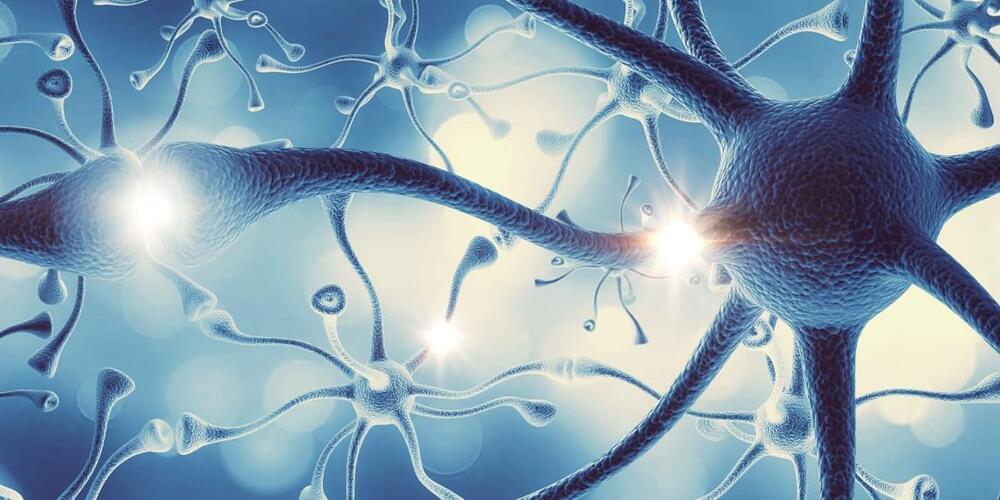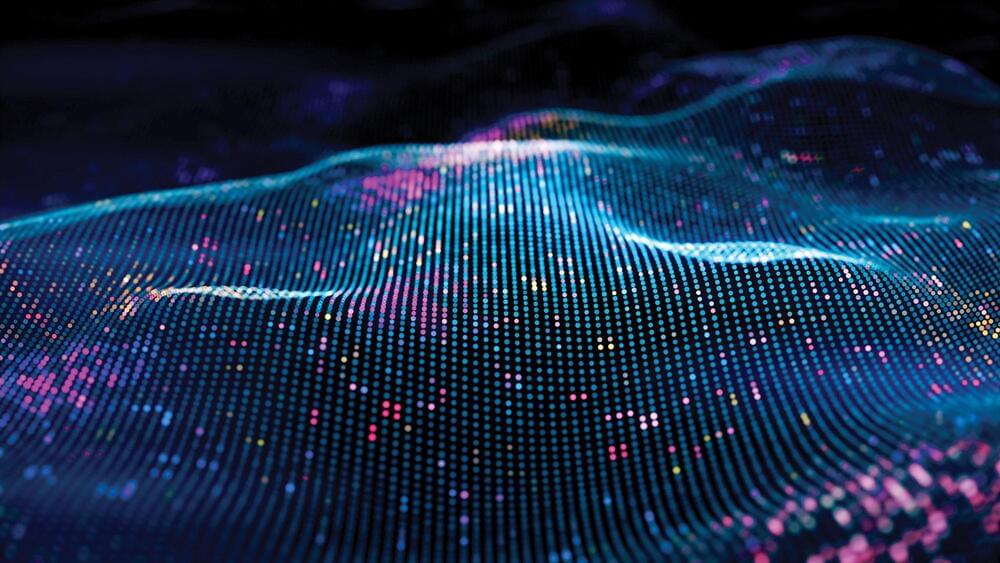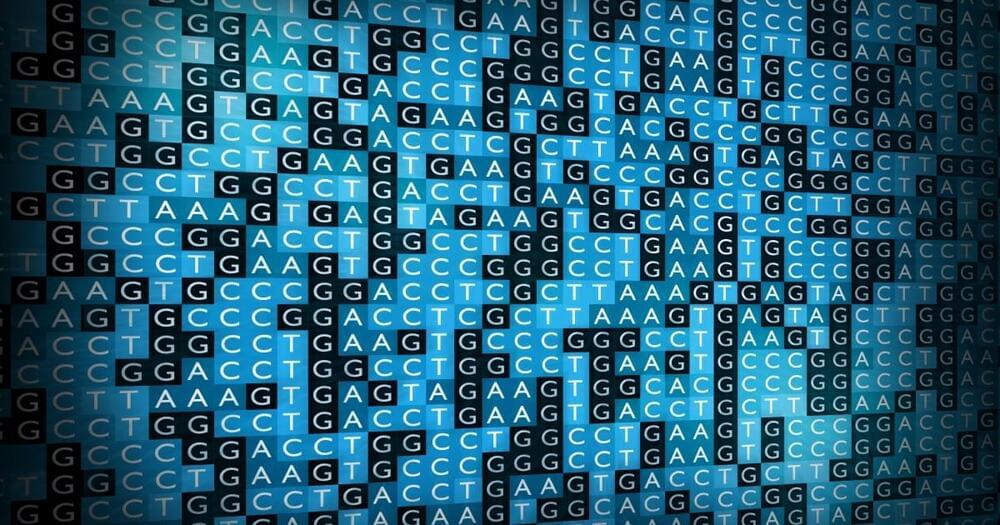Scientists recently used electrical stimulation in the brains of epilepsy patients to investigate the relationship between brain activity and memory consolidation during sleep. They found that synchronizing the firing of neurons in the medial temporal lobe and neocortex through this stimulation improved memory consolidation, particularly for recognition memory tasks.
The findings, which have been published in Nature Neuroscience, contribute to our understanding of memory processes and may have important implications for the development of interventions for memory disorders and dementia.
The motivation behind this study was to investigate how the brain consolidates memories during sleep. While it is known that sleep plays a vital role in memory strengthening, the specific processes that occur in the brain during sleep are still not well understood.







